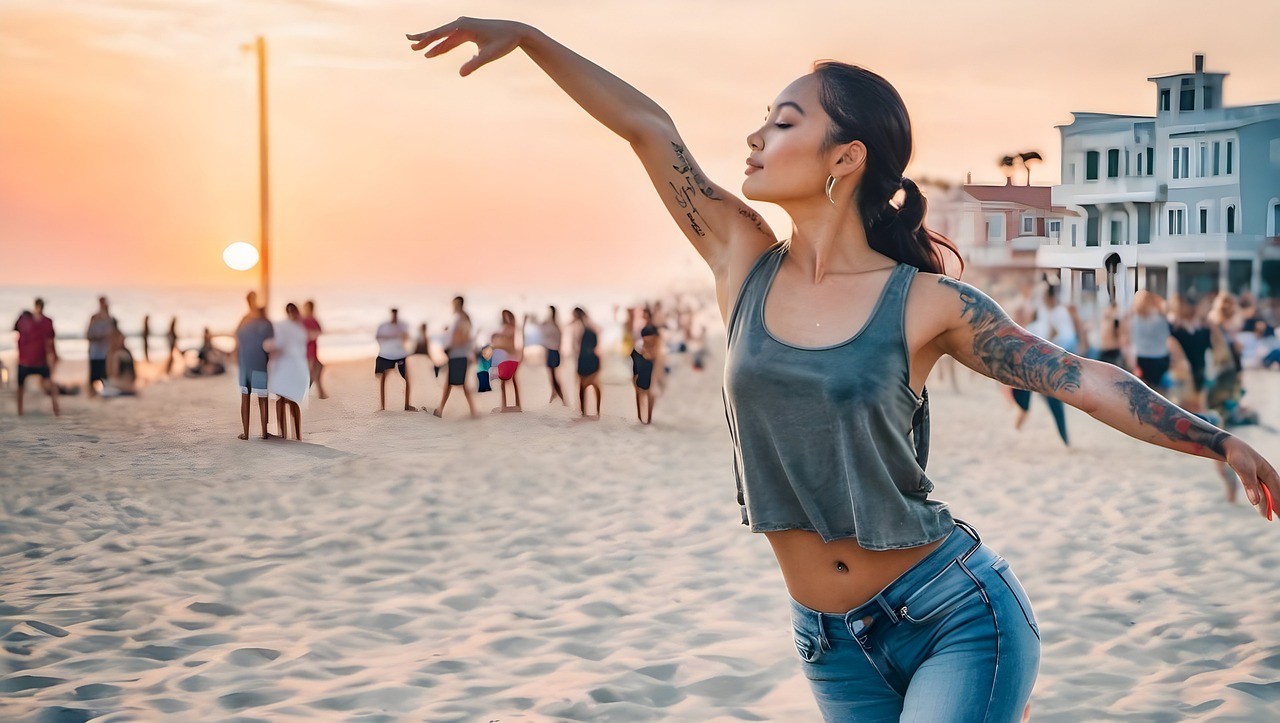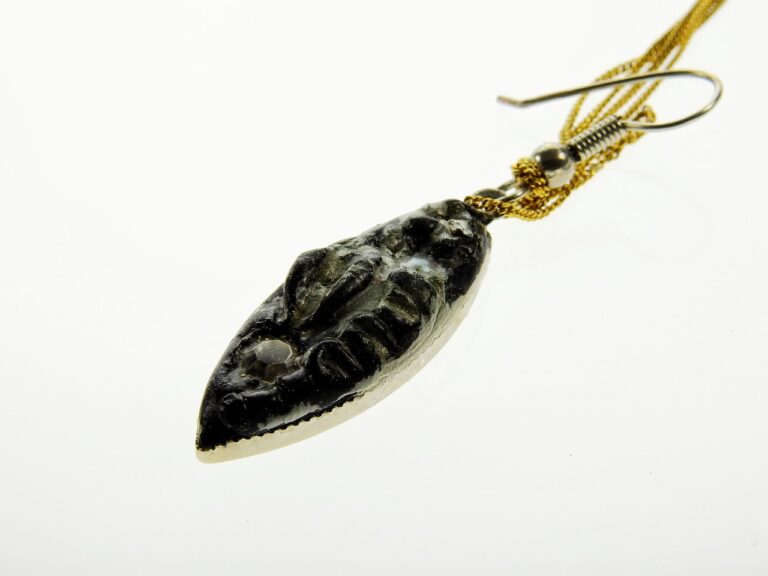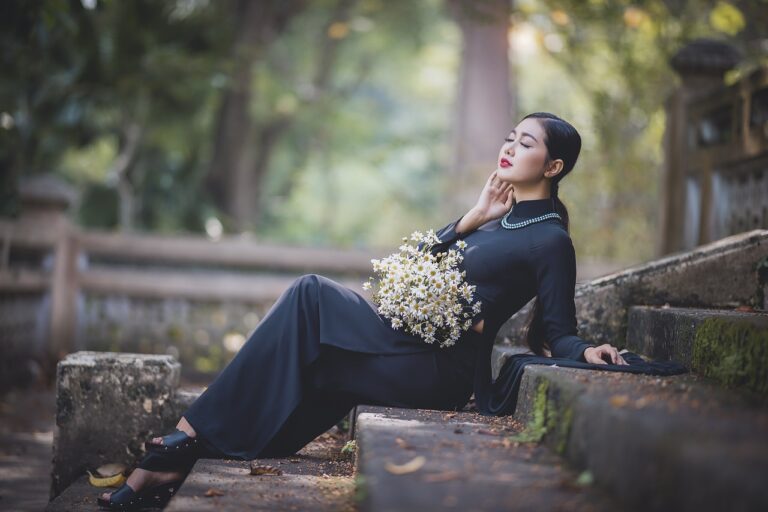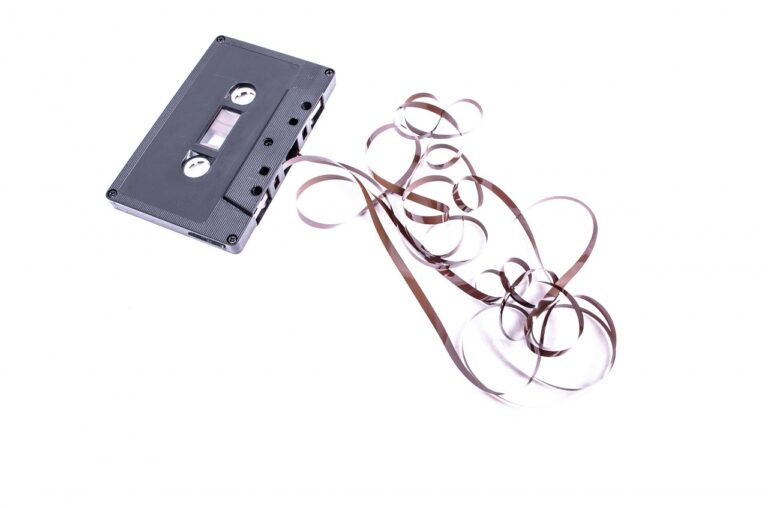Breaking the Beauty Standards: Embracing Diversity in Fashion
Representation in the fashion industry is crucial for creating a sense of inclusivity and diversity. When individuals see themselves reflected in advertising campaigns, runways, and editorials, it not only validates their identities but also empowers them. Many marginalized groups have historically been underrepresented in the fashion world, leading to feelings of exclusion and alienation. By highlighting a diverse range of models, designers, and creatives, the industry can send a powerful message that everyone is deserving of visibility and recognition.
Furthermore, representation in fashion helps to challenge traditional beauty standards and norms. By showcasing individuals of all shapes, sizes, ethnicities, and abilities, the industry can redefine what is considered attractive and aspirational. This shift towards greater diversity not only benefits consumers by allowing them to see themselves reflected in the media but also opens up opportunities for aspiring fashion professionals from underrepresented backgrounds. Ultimately, embracing representation in the fashion industry is not just about aesthetics; it is about fostering a more inclusive and accepting society.
Challenges Faced by Marginalized Groups in Fashion
Marginalized groups in the fashion industry often face numerous challenges that hinder their ability to thrive. From limited opportunities for representation to underpayment and lack of access to resources, the barriers are significant. Discrimination based on race, gender, sexuality, size, and socio-economic status further compound the struggles faced by individuals from marginalized communities. The lack of diversity in decision-making positions within the industry perpetuates these challenges, as voices from these groups are often overlooked or silenced.
Furthermore, the perpetuation of narrow beauty standards in fashion can be isolating for individuals who do not fit traditional norms. This can lead to feelings of inadequacy and exclusion, creating a hostile environment for those who are already marginalized. The industry’s slow progress towards inclusivity highlights the need for systemic change to ensure that all individuals, regardless of background, have equal opportunities to succeed in fashion.
Celebrating Different Body Types in Fashion
Fashion is a powerful outlet for self-expression, yet traditional standards have often limited the portrayal of diverse body types in the industry. Embracing different body shapes and sizes is crucial to promoting inclusivity and acceptance in the world of fashion. By featuring a variety of body types in campaigns, runways, and clothing lines, the industry can send a positive message that beauty comes in all shapes and forms.
Celebrating different body types in fashion not only fosters a more positive body image among consumers but also empowers individuals to embrace their unique physiques. When fashion designers and brands actively showcase a range of body types, they showcase the beauty in diversity and challenge outdated standards. This shift towards inclusivity is a step in the right direction towards a more accepting and representative fashion landscape.
• Embracing different body shapes and sizes promotes inclusivity in the fashion industry
• Featuring a variety of body types sends a positive message about beauty diversity
• Celebrating different body types fosters a more positive body image among consumers
• Empowering individuals to embrace their unique physiques through diverse representation in fashion
• Showcasing beauty in diversity challenges outdated standards in the industry
Why is representation important in the fashion industry?
Representation in the fashion industry is important because it allows individuals from diverse backgrounds and body types to see themselves reflected in the media and in the clothes they wear. It promotes inclusivity and helps boost confidence and self-esteem.
What are some challenges faced by marginalized groups in the fashion industry?
Marginalized groups in the fashion industry often face discrimination, lack of opportunities, and limited representation. They may also encounter bias and stereotyping, making it difficult for them to break into the industry and have their voices heard.
How can we celebrate different body types in fashion?
We can celebrate different body types in fashion by supporting brands and designers that prioritize diversity and inclusivity in their campaigns and collections. We can also advocate for more representation of marginalized groups in the media and in fashion shows. Ultimately, it is important to embrace and celebrate all shapes and sizes.







